Graham Reid | | 2 min read
Monk/Coltrane: Nutty (1957)

Thelonious Sphere Monk was one of the most gifted -- and eccentric -- of all jazz musicians. The memorably named pianist/composer, who died in 1982 aged 64, helped define the bebop movement and his quirky, angular compositions are among the most memorable in jazz.
To drive them home he gave them titles such as Epistrophy, Humph, Crepuscle With Nellie and Well You Needn't.
His most well-known tunes include Round Midnight and Straight No Chaser, jazz standards which still present challenges and opportunities for jazz performers.
Monk -- known for his peculiar taste in hats and strange dancing on stage, the latter which Tom Waits adopted -- laid down the templates for his unique style in the late Forties but it took a decade, and then some, for him to be widely recognised as the genius he undoubtedly was.
In mid-1957 he invited the 30-year-old saxophonist John Coltrane to join his band.
Regrettably, only a few tracks by this group
were recorded, three appeared on the Thelonious Monk With John Coltrane album, yet they are
considered cornerstones of the urgent jazz of the period.
Coltrane was still some years away from his later sheets of sound style and the probing, spiritual music he is best known for.
Yet with Monk he began to play in a different way: notably longer solos and playing various notes simultaneously, a technique Monk taught him, which defined his later style.
By the end of 1957 Monk had disbanded the group -- musical differences, as they say -- but that six months was a crucial period . . . which made the 2005 release of a recently discovered Library of Congress tape of a live Monk-Coltrane concert so exciting.
The Thelonious Monk Quartet with John Coltrane At Carnegie Hall album (on Blue Note) was recorded at two shows on November 29 1957. Also on the extraordinary bill at Carnegie Hall were Billie Holiday, Dizzy Gillespie, Ray Charles, Chet Baker and Sonny Rollins. That must have been quite a night.
The extraordinary thing also was that this historic album -- almost an hour of music with Ahmed Abdul-Malik on bass and drummer Shadow Wilson -- should have been released with so little fanfare. It simply appeared, and the almost self-effacing manner with which Blue Note put it out made you fearful that this might be something which would tarnish the legends.
Yet here is Coltrane confident and clearly in early command of his developing technique that would take him into his subsequent, groundbreaking work with Miles Davis and beyond into his own thrilling career.
It is possible to argue that it was Monk's encouragement and compositions which allowed Coltrane to find the freedom to express himself, and he is certainly allowed space to explore. The material performed were standards from the Monk canon: Monk's Mood, Evidence, Crepuscle, Nutty, Epistrophy, Blue Monk, Sweet and Lovely, and Bye-Ya.
What is immediately
evident is how effortless this music sounds for the players who had been
developing it in the 5 Spot Cafe for months: Coltrane coasts into complex and
emotionally busy solos as if they are second nature, Monk's upbeat playing has
little of the astringency many associate with his style, and the rhythm section
joyously support the frontmen.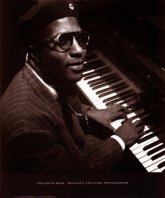
And Monk himself, perhaps hearing how the saxophonist was developing before his ears lifted his playing accordingly. It all sounds approachable, witty and inventive.
Given who these players were -- two of the unquestioned giants of jazz -- you might have expectation of the weightiness and import that comes with historic recordings.
But this is simply sublime music to immerse yourself in: 50 minutes of genial genius which lay undiscovered for almost half a century.

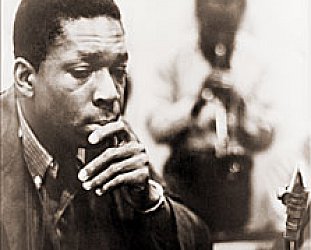
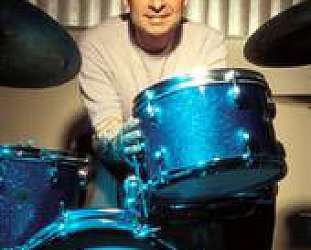
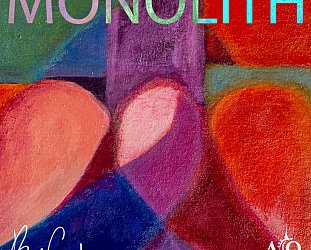


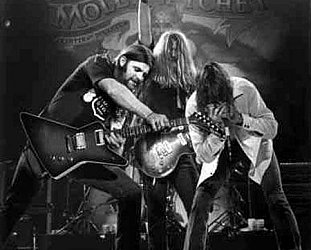
post a comment